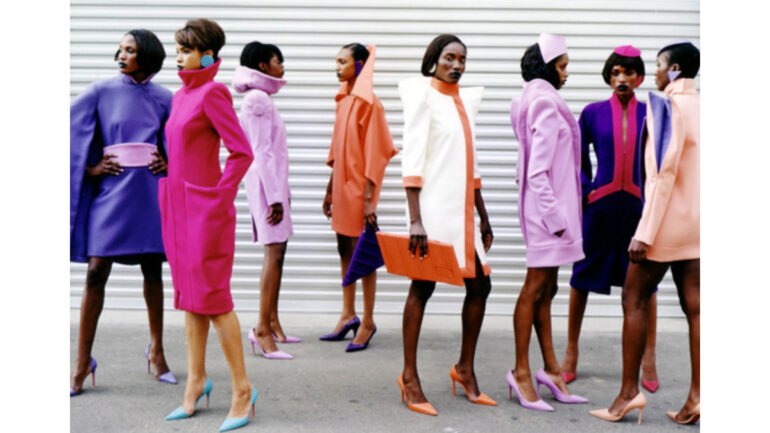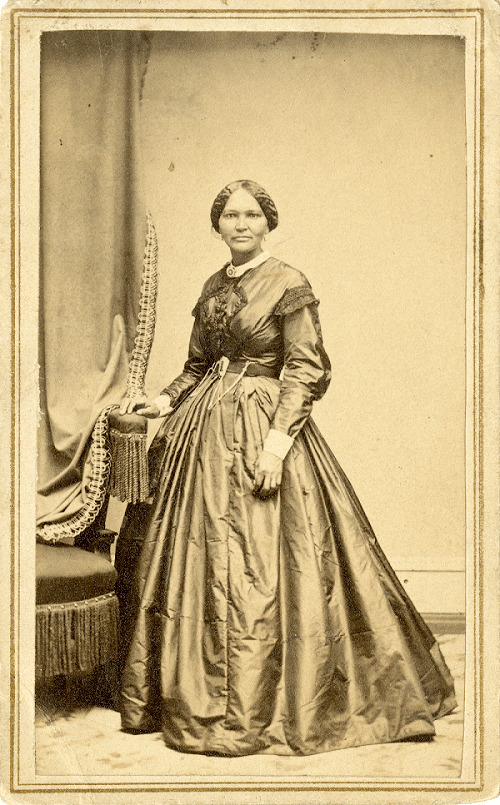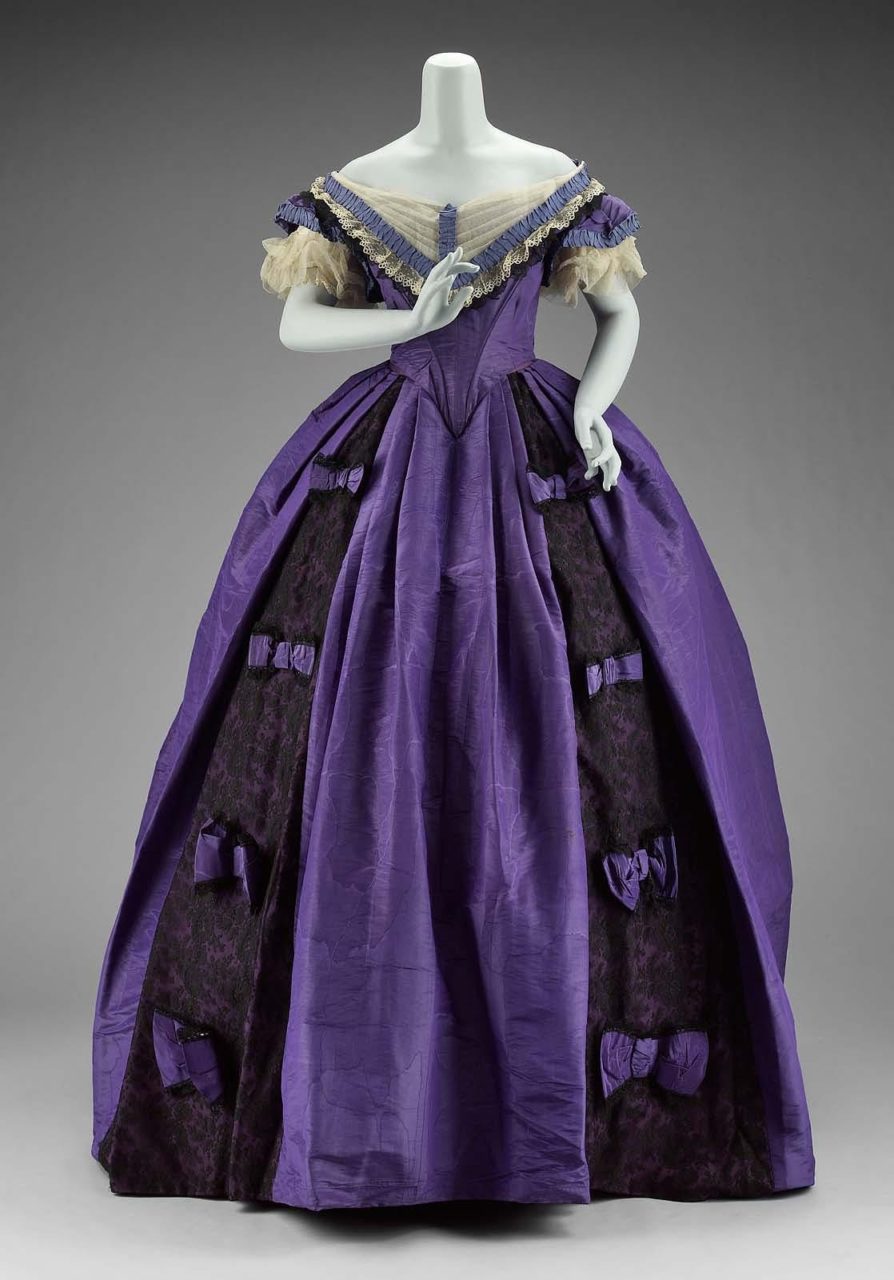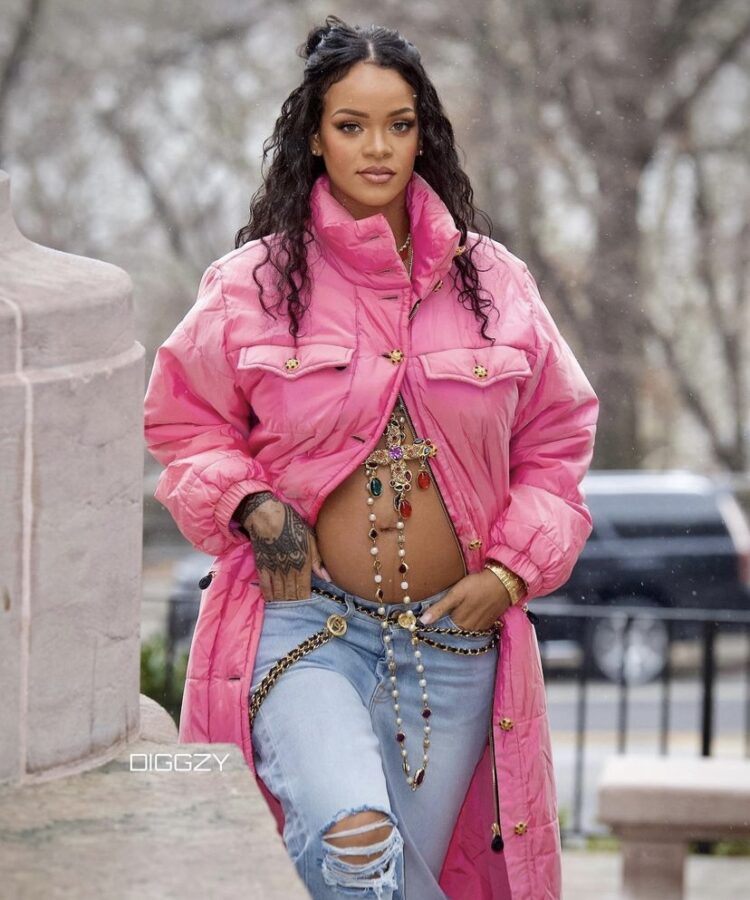There is no doubt that we are the blueprint, black women, black people in general. Whether it be the music we make, the way we do our hair, or the way we dress; we set the standard for the ultimate trends. Like Solange said, “My Skin My Logo.” Thanks to a lot of fashion innovators, our people have been in rooms and groups that they once told us we could never be part of. Let’s highlight some of the black women who have innovated and paved the way for young people in the fashion industry today.
1. Elizabeth Hobbs Keckley – The Mecca of Seamstresses
In February 1818, Elizabeth Hobbs was born into slavery on a plantation in Dinwiddie County, Virginia. Elizabeth’s mother, Agnes Hobbs knew how to read, write, and sew. Elizabeth’s mother taught her everything but the one that stuck was sewing. Due to the time period, Elizabeth’s life was not easy. Unfortunately, she experienced sexual assault, separation from her family, and was a young mother. Despite all the hardships, she was still trying to obtain her and her family’s freedom.
In order to make the money for her family’s freedom, Elizabeth became a seamstress. Due to the connections she created working as a seamstress early in life, her business became very successful in a short amount of time. On the other hand, her success only went so far because of her status.
Though Elizabeth already had a career as a seamstress, her work didn’t become mainstream until she worked for Mary Lincoln, Abraham Lincoln’s wife. Unfortunately, after Lincoln’s assignation, Elizabeth and Mary’s relationship soured a bit due to Mary’s high and outlandish demand for pieces. Elizabeth published a book about Washington’s Elite and her time working at the White House soon after. Because of the timing, many people did not like her book and said it went against the morals of their time. As a result of the backlash, Elizabeth lost the new clientele that she gained. Despite this, Elizabeth continued her time as a seamstress and taught her sewing techniques to many young black girls.
2. Zelda Wynn Valdes – The Mastermind Behind the Playboy Costume
Zelda Wynn Valdes, born Zelda Christian Barbour, grew up in Chambersburg Pennsylvania where she acquired her sewing skills by observing her grandmother’s seamstress work. Based on stories and interviews shared about Zelda, her first opportunity to sew was actually for her grandmother. She challenged her granddaughter saying that she (Zelda) would not be able to sew a dress for her because she (her grandmother) was too tall and big. Needless to say, the dress fit her grandmother perfectly.
After graduating high school, Zelda and her family moved to White Plains, New York where she began working at her uncle’s tailoring shop. As time went on, Zelda continued to advance in her career. In 1930, she was working at an upscale boutique where she became the first black sales clerk and tailor. Then in 1948, Zelda became one of the first black women to own a store on Broadway in Manhattan. Chez Zelda was the name of her boutique. Word began to spread about Chez Zelda and the signature low-cut, tight-fitting dresses. Eartha Kitt and Ruby Dee were some of the many people who wore her pieces.
As Zelda’s success continued to break barriers for her, she also happened to catch the eye of someone unexpected. Hugh Hefner was in love with the way Zelda’s designs complimented women’s bodies and that is how the Playboy bunny signature costume came to be. Despite all her success, she still faced a lot of racism. However, that only drove Zelda further in her journey as she led the National Association of Fashion and Accessory Designers.
3. Ann Lowe- The Genius Behind Jackie Kennedy’s Style
Born in Montgomery Alabama, Ann Lowe was the granddaughter of a dressmaker and daughter of an embroidery specialist. At 16 years old, Lowe’s mother suddenly passed away. In the wake of her mother’s passing, Lowe was assigned to her mother’s last job – create four ballgowns for the First Lady of Alabama. Creating these dresses is what actually jumpstarted Lowe’s success.
Soon after, she moved to New York and started attending design school at S.T. Taylor Design School. During her time spent there, she opened a boutique in Harlem where her customers varied from the Roosevelts to the Rockefeller’s. Due to her race, she received little recognition and pay. In fact, the infamous wedding dress worn by Jackie Kennedy was made by Ann Lowe but Kennedy did not release that information to the press. Unfortunately, this kind of treatment continued for the majority of Lowe’s career. However, her work is showcased today in museums.
4. Sara Lou Harris – The First Black Poster Girl
Sara Lou Harris was born on July 4 1923 in Wilkesboro, North Carolina. Being the oldest of three, Sara Lou paved the way for her siblings by doing exceptionally well in school. She was at the top of her class in high school and received a full ride to Bennet’s College at the age of 15. After graduating from Bennet, Harris went on to become a school teacher. However, she knew she wanted to excel even more.
As a result, she packed her bags and moved to New York in order to attend Columbia in hopes of pursuing her Master’s degree. She soon found that was not in the cards for her and she was offered a modeling opportunity instead. She was the first African American model in the New York Buyers Show and was the model for Lucky Strike Cigarette Posters. On top of that, she was also one of the original models for the Brandford Modeling Agency, the first African American licensed modeling agency in the US. With a promising career, Sara Lou graced the covers of JET, Ebony, Tan, and Hue Magazine over a number of times.
5. Donyale Luna – The IT Girl
Born as Peggy Ann Freeman, later changing her name to Donyale Luna, she was born in Chicago on August 31, 1945. Luna’s early life was very hard. Growing up in an abusive household, Luna always wanted more. She went on to attend one of Detroit’s most prestigious technical schools, Cass High School, where she studied journalism and was in the choir. One day after leaving practice, photographer David McCabe, spotted her on the street and was so stunned by her beauty and height that he convinced her to move to New York where he would help her start a modeling career. At only 19, she decided to move and begin her new life.
At the time, there were no opportunities for non-white women to model for publications that were not black. As soon as she arrived, she called McCabe and he introduced her to a plethora of fashion editors. Within a couple of months, she was contracted under Richard Avedon and taking editorial pictures with Bob Dylan. So many people found her to be unique. Many believe that’s what drew her to Andy Warhol and his entourage. She was in many of his films and was his muse. However, with all this success she was still treated as an outcast because of the color of her skin. Knowing that she deserved more, she traveled to Europe. In March of 1966, the unthinkable happened: Luna became the first black woman to be on the cover of British Vogue.
The cover landed her with so many life-changing opportunities. After the Vogue shoot, she went on to model for designers such as Yves Saint Laurent, Valentino, and Paco Rabanne. Luna had never had any intentions to become a model, but fate chose a different path for her. She was the first black supermodel! Black women, we love to see it.
6. Kimora Lee Simmons- The Y2K Pioneer
You simply cannot have the fashion originator conversation, without bringing up Kimora Lee Simmons. Jumping into the fashion world at only 13 years old, Kimora Lee Simmons began her career as a model for Chanel. Soon after her modeling career, she ended up marrying hip hop royalty, Russel Simmons. Russel already had his brand Phat Farm. Once the two got together, Kimora began creative direction for the woman’s side of the brand; and Baby Phat was born.
Baby Phat was so huge at the time because of its inclusivity. Kimora pushed for the brand to be sexy, chic, and urban. With her vision and mission for the brand, Baby Phat dominated the 2000s. If it wasn’t for brands like Baby Phat, the Y2K movement would not hold as much power as it does. Alongside being a trendsetter, Kimora Lee Simmons was also the first black woman to run a billion-dollar company.
7. Anifa Mvuemba of Hanifa – The Digital Girl
Anita Mveuemba, creator of Hanifa, has been in the news quite a lot lately. Obvious reasons being that her pieces are absolutely stunning as she continues to mix bold prints and bright colors. However, besides having such a strong fan base and a creative eye for fashion, Anifa is constantly looking into ways to innovate her brand.
Her most recent innovation that changed runway fashion forever was taking it digital. Before Anifa’s digital show that took place in May 2020, no one had really seen or done anything like this. What the event also did was create the conversation for digital art/the metaverse and fashion to be combined. Since then many other designers have tried to follow suit and create their own digital shows.
8.Robyn Rihanna Fenty – The Conversation Starter
Rihanna’s iconic style will definitely go down in history books. Beyond all the looks she’s killed, Rihanna has really started the conversation for inclusivity. From her all-size inclusive lingerie brand to her proving women can still look sexy while being pregnant; Rihanna has proved to the fashion world it doesn’t matter your size, you are beautiful.
Before launching her Savage X Fenty line, the only lingerie option women could choose from was Victoria’s Secret. If you refer back to any of Victoria’s Secret older ads, you’ll notice that a lot of what they promoted catered to skinny white women. Not to say that was an issue, but not everyone looks like who they promote. When Rihanna launched Savage X Fenty back in 2018, Victoria’s Secret struggled with keeping customers. With their recent rebrand, you can see that they took notes from Ms. Riri. She innovated the lingerie industry; changing it for the good.
The Legacy they Leave
There are many great designers in the world of fashion, that we wear and mention every day. However, it’s super important to learn about who innovated fashion and pay homage to them. Without the bravery and talent of the black women mentioned above, there’s a chance some of the trends we know and love would not be here today. As we reflect, it’s just amazing to see and hear about so many black people involved in the fashion world.
If you know any other black designers who innovated fashion, connect with us on Twitter, Instagram, Facebook, and Pinterest!
































